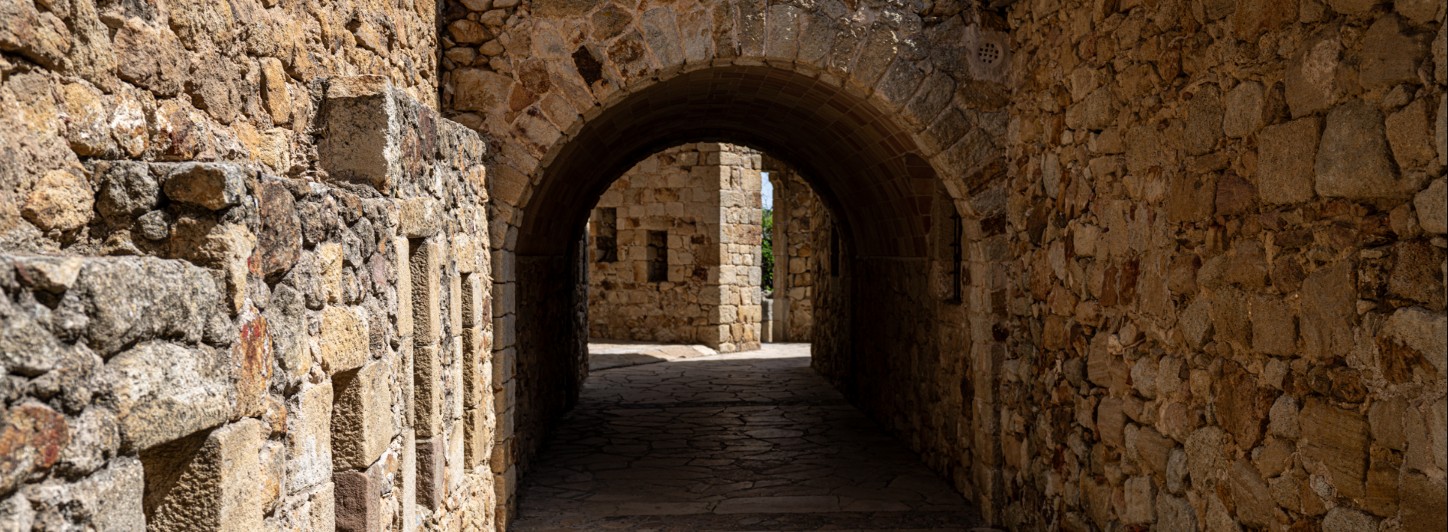Pals

Pals
Medieval town
The municipality of Pals is divided into 3 nuclei: Pals, the Masos de Pals and Platja de Pals and borders the municipalities of Torroella de Montgrí, Fontanilles, Palau-sator, Torrent, Regencós and Begur.
The situation of the old town is characteristic of the towns of the Empordà plain: at the top of a little raised hill, on the plain formerly covered by ponds and marshes which, in the case of Pals, were drained and used for the cultivation of rice This hill was called Mont Aspre. As for the name Pals, it comes from the Latin Palus which means swampy ground.
The core of Masos de Pals was initially formed by scattered fortified farmhouses of great architectural interest. Currently, however, it is a fairly populated urban center. Along with the aforementioned farmhouses, the Masos church (18th century) should be highlighted.
La Platja de Pals, a wide sandy beach with an extension of 3.5 km, ideal for practicing any type of water sport, a natural environment of wetlands and rice paddies for hiking and cycling, a quality tourist offer: hotels, campsites, apartments, hostels, guesthouses, rooms, rural tourism, golf, tennis, etc., and a wide variety of typical restaurants and shops.











